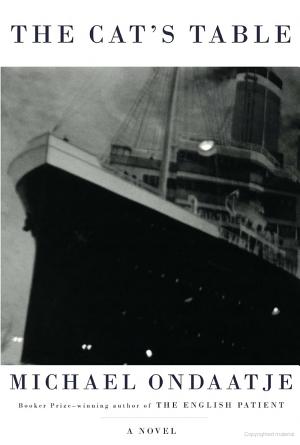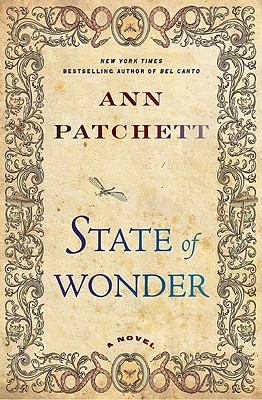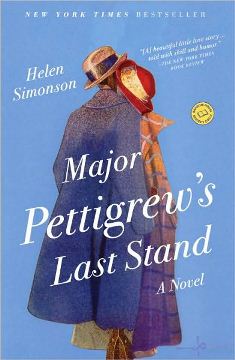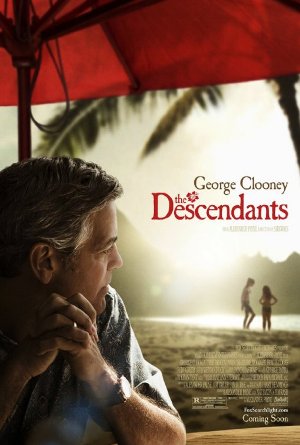
“The Cat’s Table” received considerable hype and good press when it came out this past October. Author Michael Ondaatje had won the Booker Prize for “The English Patient” in 1992 and his writing has long been revered. This novel seemed especially interesting in its premise about a 11-year-old boy’s unaccompanied three-week voyage on a ship from Sri Lanka to England in the early 1950’s. How adventurous and romantic a notion! I was definitely game for such a journey, particularly if it was based on Ondaatje’s own sea excursion when he was a boy. The book cover, too, of a large ship drew me to it like a chain hooked to an anchor. I would devour this story in no time!
Only trouble was, it didn’t exactly happen like that. In fact, I struggled in parts to stay with it and found the book took a considerable time to get through. Here I wanted to love it, and yet my mind, especially at the beginning was wandering off thinking about other things. Apparently, most readers liked the beginning of “Cat’s Table,” but some found it too disjointed toward the end. I was the opposite; I found the beginning rather hard to get into (despite the relatively easy style) but became more into it toward the end.
The start of the novel entails descriptions of various characters on the ship in short two to three page chapters. There’s the main character, Michael, and his boy pals, Cassius and Ramadhin who he runs around the ship getting into mischief with; then there’s the mishmash group of insignificants assigned with the boys to dine at the “cat’s table,” the one farthest away from the Captain’s. The details onboard are all quite charming, yet more than 100 pages into the book, I found myself grasping to find any semblance of a story. For heaven sakes move this ship along; will anything (ever) come of it?! Luckily, not long after that the waters start to churn so to speak and things become more interesting and resonant.
Thanks in part to Michael’s 17-year-old cousin Emily onboard who spicens things up and might be involved in a prisoner’s escape plans on the ship. The novel, too, opens up more in its storytelling and begins to intersperse Michael’s time on the ship with his life many years later, looking back on the trip. His nostalgia for the journey and how it affected him is quite poignant and pivotal to his coming of age. Years later, he ends up marrying Ramadhin’s sister and reconnects to other passengers, including the semi-mysterious Emily.
The novel is quite a subtle and intimate read, if you’re looking for a lot of action and adventure, this might not be your cup of tea. Yet it snuck up on me in due time. By the end, I could feel the weight of its voyage and how it altered Michael and others sitting at the ship’s cat’s table. For more info, check out author Michael Ondaatje being interviewed about the book on PBS.











